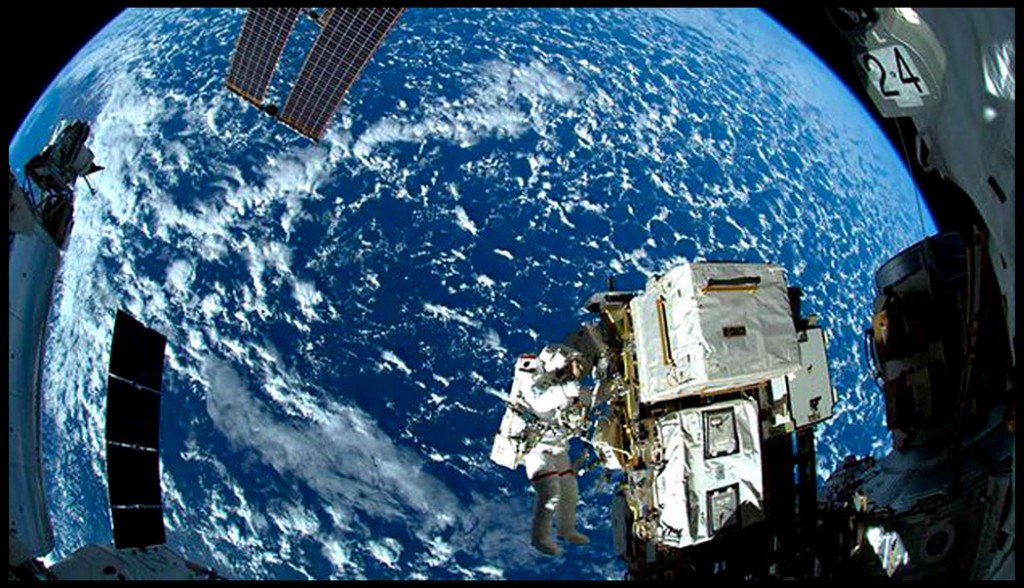 Space Exploration and Other Scientific Inventions 2014
Space Exploration and Other Scientific Inventions 2014
I have to thanks BBC News and others news organizations for posting the education information, especially information on science and technology. I enjoyed reading the articles and viewing the photographs on An amazing year in space exploration, The year in aviation, Weird and wonderful images seen in 2014, The first Space Photographers, What the inside of a spaceship might really look like, 4D Printing, building that can change over time, First New Antibiotic In 30 Years Could Prove Crucial In Fight Against Superbugs, Scientists Train Immune Cells To Destroy Hidden HIV, Watch Bill Gates Drink Water That Was Sewage 5 Minutes Before, Vultures: Halting killer diseases and others.
After I finished reading I felt very good and happy to know how far humans have progressed. I appreciate all the scientists doing research to discover things that we did not know before and also thanks to a lot of people that are involved in the discovery. It takes time and requires lot of people in order for us to be able to benefit from the results of hard work and dedication of the researchers. It is not only the time and people that are involved in the discoveries, also needed is money to finance the operations. The funds for the operations are beneficial for all the population. We know that what we spend is for a good cause and for all mankind. But we still have certain groups of people spending a lot of money to buy weapons to kill each others. The money is spent unwisely, and the loss of many people that can be educated and help to do research to benefit themselves and others is regretful and unproductive.
The imams, rabbis, ministers, priests, monks and other religious leaders who have many followers are very important to society. They all can guide their followers to do good or do harm to themselves and others. They are all teachers who want to give knowledge to their followers and see them progress and grow as good human beings living together in harmony and peaceful coexistence.
There is inequality in this world in the present as in the past, but a lot of us are trying to improve and we have progressed. We still can talk and fight for equal rights but we should do this in nonviolent ways. Fighting and killing each other cannot improve situations, it can only make things worse in Syria and other places that use violence as a policy. How much destruction can the Syrians bring to the country and people? There is no end in sight and this causes war to widen to other countries. The Syrians lost everything. Destruction of the country has left everything in ruins including most of the houses and beautiful buildings with hundreds of thousands of people killed.
Who is going to win? No one will win and Syrians will go on fighting until nothing is left. Only hatred and revenge will remain for the survivors and the younger generation.
Please, imams, rabbis, ministers, priests, monks and other religious leaders and teachers, teach your students and followers to educate themselves and contribute knowledge to others. We still can argue and fight for equal rights but in nonviolent and peaceful ways. As Gandhi fought for his country’s independence with nonviolence methods he also gained the respect of the British and people all over the world.
I watched, The Learning World, program on the EuroNews. It showed that if we are together, sharing with one another and treating each human being as an equal on earth then we can achieve great things together.
“From e-books to crowd sourcing information, education is seeing one of the biggest shake-ups since the advent of the printing press. Open sources of knowledge are opening doors to education all over the world. This week we visited the UK, Greece, Egypt and America to see how different projects aim to open up the world of knowledge.
In a high tech world, what is more practical – buying a book, going to a library, or simply browsing online to get the information you need without paying a penny? What about if all the academic books you needed were also just one click away? Academics in Cambridge have launched Open Book to make the top academic texts available for free and since the economic crisis they’re finding huge success in Greece.
In Egypt some university students are taking part in the Wikipedia Education Program where they are learning how to use and contribute to the Arabic edition of the world’s biggest free online encyclopaedia and also fighting gender bias into the bargain.
Gamers turn into neuroscientists in the US with Eyewire, a crowd sourcing game created by scientists at MIT in Boston. By connecting online, players are not just enjoying themselves but they are contributing to a scientific discovery, helping MIT scientists to understand how the brain sees movement.”
Remember life is precious and life is short. Together we can survive in harmony and achieve happy lives while we are on our planet.
Ing-On Vibulbhan-Watts, Tuesday, January 13, 2015
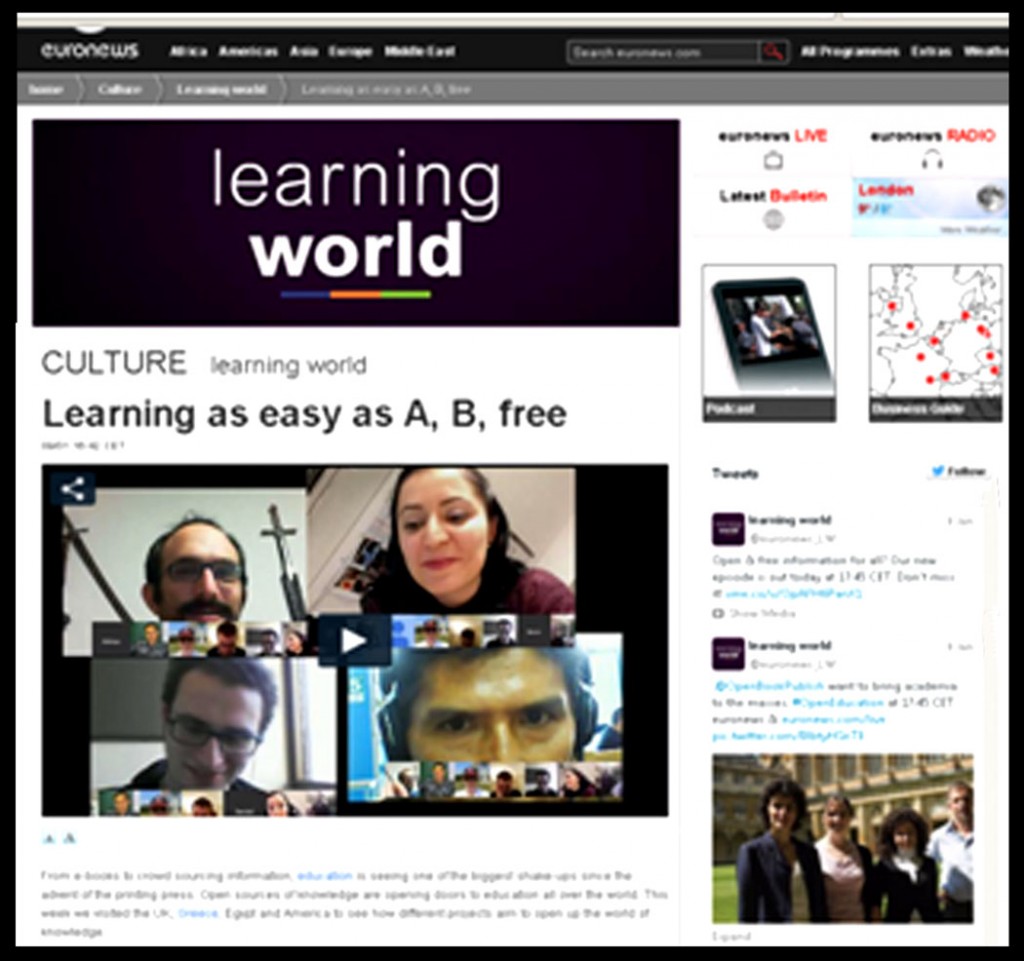 For more information please visit the following link:
For more information please visit the following link:
https://www.euronews.com/2015/01/09/learning-as-easy-as-a-b-free/
The following are some photographs, articles and links from the BBC programs:
29 December 2014
2014: An amazing year in space exploration
For more information please visit the following link:
https://www.bbc.com/future/story/20141222-2014-an-amazing-year-in-space
NASA astronaut Don Pettit delighted space fans by taking a large number of stunning photos on board the International Space Station (ISS). (NASA/Don Pettit)
The world held its breath as European scientists landed the Philae probe, the size of a large dog, onto a speeding comet millions of miles away from Earth. (NASA)
NASA successfully launched its new Orion spacecraft, which the agency hopes could one day take astronauts to Mars. (US Navy)
NASA picked SpaceX’s Falcon 9 rocket and Dragon spacecraft to fly US astronauts to the ISS under the Commercial Crew Program. (AP Photo)
Astronauts Reid Wiseman and Alexander Gerst (unseen) leave the ISS’s Quest airlock to carry out essential work and repairs. (Reuters)
It wasn’t all good news this year: Orbital Sciences’ unmanned rocket Antares exploded seconds after launch in Virginia… (AP Photo)
… and the Virgin Galactic SpaceShipTwo crashed during a test flight in the Mojave Desert killing one pilot and seriously injuring another. (Getty Images)
US astronaut Rick Mastracchio takes a “selfie” during a repair mission outside the ISS. (Getty Images)
NASA’s Mars Exploration Rover Opportunity set a new off-Earth, off-road distance record, logging just over 25 miles (40 km) on the Red Planet. (Reuters)
A H-2A rocket carrying Japan’s Daichi-2, a satellite helping to map the planet and aid with disaster recovery, blasts off from the launching pad. (Reuters)
2014: The year in aviation
For more information please visit the following link:
https://www.bbc.com/future/story/20141222-2014-the-year-in-aviation
Ice and easy does it
How to de-ice a passenger plane, this one outside the terminal at Indianapolis International Airport (AP)
A Dutch F-16 pilot took this self-portrait photo with a Boeing 787 on his left wing (David Cenciotti)
The Solar Impulse 2 aircraft was unveiled this year, prior to its attempt to fly around the world in stages using only solar energy in March 2015 (Reuters)
One of the biggest aviation stories of the year was the sudden and continued disappearance of Malaysia Airlines flight MH370 in the southern Indian Ocean on 17 March (Getty Images)
This photo of a British Army Apache helicopter and a fireball at an air show won best overall image in this year’s Army Photographic Competition. (Corporal Jamie Peters /MOD)
2014 was the 25th anniversary of the first flight of the B-2 Stealth Bomber, one of the most survivable aircraft in the world. (Getty Images)
An airliner flies behind a rainbow over the Italian capital Rome (AFP/Getty Images)
A specially converted airliner swoops in low to drop fire retardant chemicals on a blaze in 8,600 acres of forest near Fresh Pond in California (Reuters)
Hungarian pilot Zoltan Veres flies under the oldest Hungarian bridge, the ‘Lanchid’ (Chain Bridge) with his ‘MXS’ type plane. (Getty Images)
Drones officially hit the mainstream in 2014 – featuring in everything from major sporting events to most popular present lists for Christmas (Getty Images)
Weird and wonderful images seen in 2014
For more information please visit the following link:
https://www.bbc.com/future/story/20141230-weird-and-wonderful-pics-in-2014
Scottish artist Angela Palmer created this sculpture, called Brain of the Artist, using images created by medical scans of her own brain. (Getty Images)
Italian company “Mister Cloner” created 3D puppets from scanning people, reproducing every characteristic from hair style to clothes. (Getty Images)
A 14-year-old male orangutan is examined before surgery to remove air rifle pellets. (Getty Images)
A replica of King Richard III’s skeleton, created using 3D printing, displayed in Leicester where his remains were discovered. (Getty Images)
A robotic jockey riding a camel during the Al Marmoom Heritage Festival in Dubai, United Arab Emirates. (Getty Images)
A cloaking device using four lenses was developed by University of Rochester physics professor John Howell and graduate student Joseph Choi. (Reuters)
Researchers at the German Aerospace Centre in Bremen are trying to create a greenhouse to grow food like lettuces on the Moon or Mars. (Getty Images)
German company Stamos+Braun Prothesenwerk specialises in individually manufactured arm prostheses with cosmetic details such as body hair or tattoos. (AFP)
Researchers in Japan created a see-through mouse using a chemical cocktail and computational imaging, a method they hope can reveal organs without dissection. (Riken)
The first Space Photographers
For more information please visit the following link:
https://www.bbc.com/future/story/20140925-the-first-space-photographers
Ed White walking in space over New Mexico, Gemini, 4 June 1965 (NASA)
Snapping photos in space wasn’t always so easy. Stephen Dowling discovers how the first astronauts battled radiation and more to take stunning cosmic images.
Paraguay and Argentina, Gemini 9, 5 June 1966 (NASA)
James McDivitt, Ed White walking in space, Gemini 4, June 1965
Lunar surface and horizon, Luna Orbiter II, November 1966 (NASA)
Lunar boulders, St George crater beyond, Apollo 15, July 1971 (NASA)
Lunar boulders, St George crater beyond, Apollo 15, July 1971 (NASA)
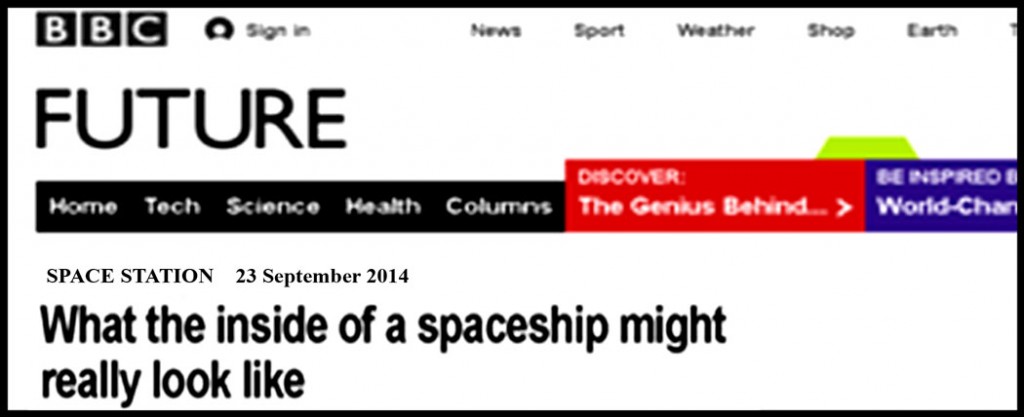 For more information please visit the following link:
For more information please visit the following link:
https://www.bbc.com/future/story/20140923-inside-spaceships-of-the-future
What the inside of a spaceship might really look like
 The interior of the International Space Station is far less futuristic than you might expect (NASA)
The interior of the International Space Station is far less futuristic than you might expect (NASA)
“The inside of the ISS is incredibly sterile,” says Rachel Armstrong, newly appointed professor of experimental architecture at Newcastle University in northeast England. “It’s like living inside a plastic box.”
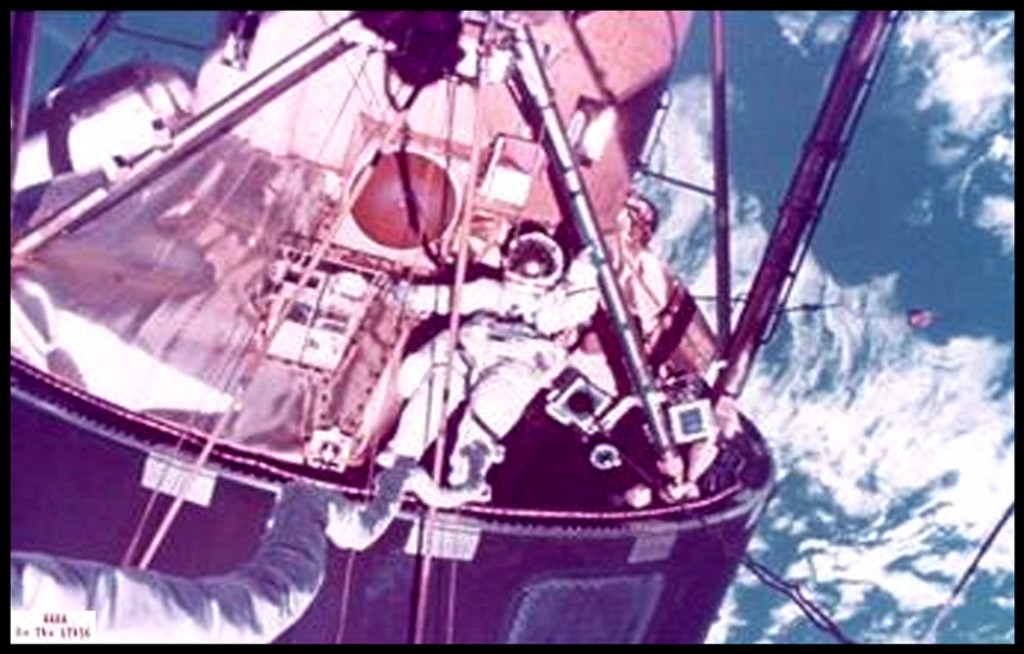 Gerald Carr, Ed Gibson leaving the hatchway, Skylab 4, June 1975 (NASA)
Gerald Carr, Ed Gibson leaving the hatchway, Skylab 4, June 1975 (NASA)
 Segment of Saturn’s rings, Voyager 2, 1981 (NASA)
Segment of Saturn’s rings, Voyager 2, 1981 (NASA)
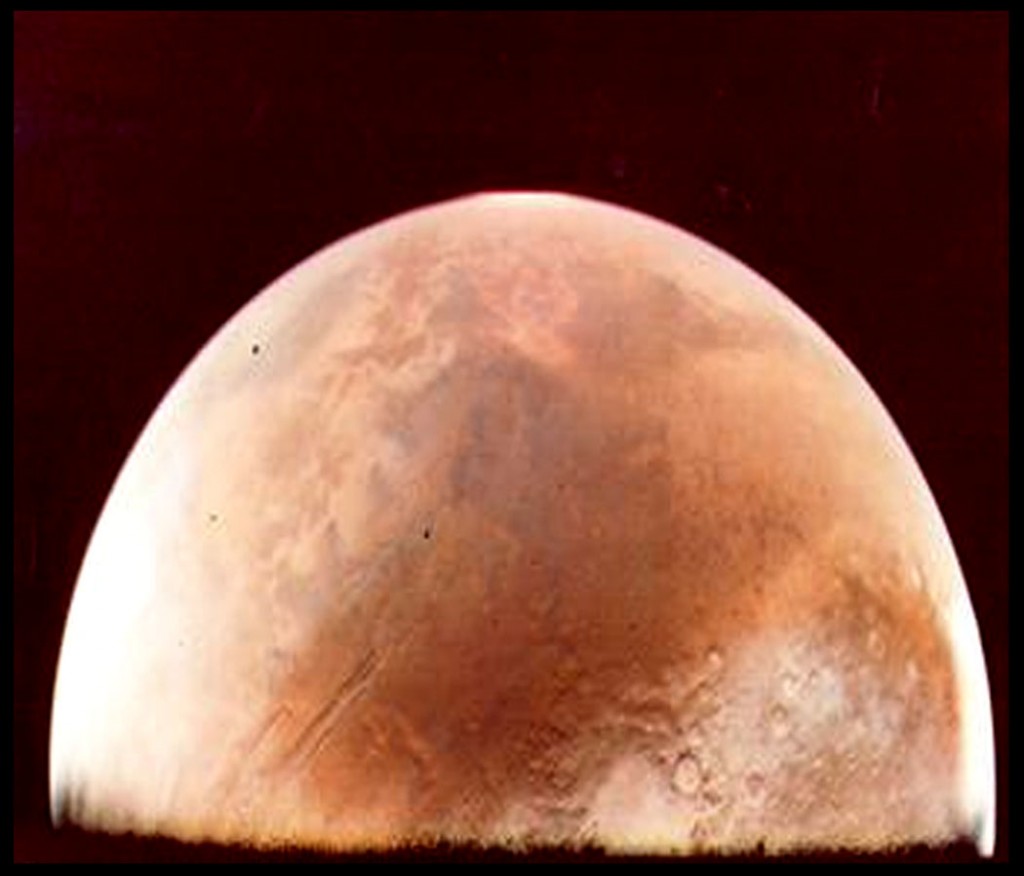 Martian hemisphere, Viking 1 orbiter, June 1976 (NASA)
Martian hemisphere, Viking 1 orbiter, June 1976 (NASA)
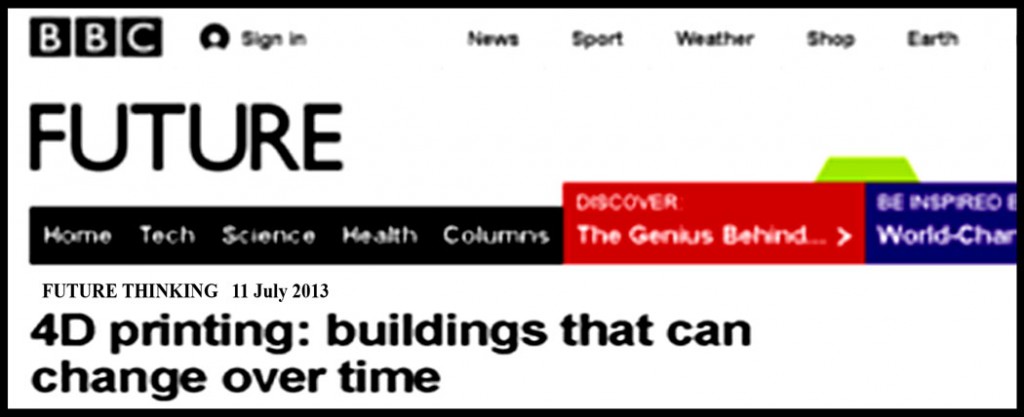 For more information please visit the following link:
For more information please visit the following link:
https://www.bbc.com/future/story/20130709-buildings-that-can-make-themselve
4D Printing, building that can change over time
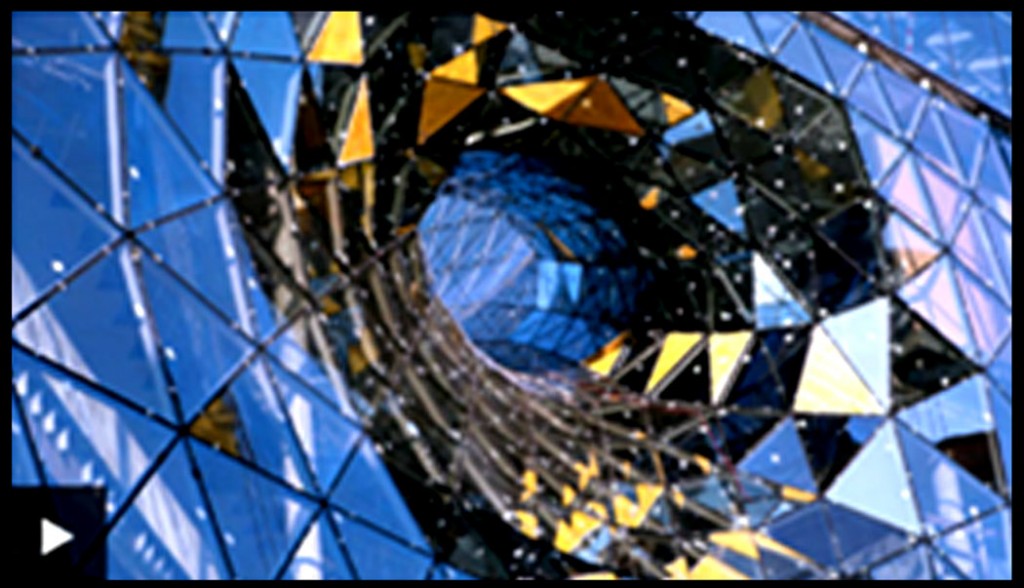 What if buildings could adapt their shape and form – without any other input from us? Architect Skylar Tibbits says 4D printing could make materials that build themselves.
What if buildings could adapt their shape and form – without any other input from us? Architect Skylar Tibbits says 4D printing could make materials that build themselves.
The way we build our structures has become more and more sophisticated. But the materials we build them from are static, waiting for us to fit them to the required shape.
What if they could assemble themselves – and even change form if they needed to? The emerging technology of 4D printing – where 3D-printed material changes shape over time – means we may be able to build things that can adapt to our use or the environment around them, says MIT’s Skylar Tibbits.
Tibbits believes this technology could lead to more resilient, lighter structures – ones which can respond to the world around them.
If you would like to comment on this video or anything else you have seen on Future, head over to our Facebook page or message us on Twitter.
https://www.iflscience.com/health-and-medicine/resistance-proof-antibiotic-we-ve-been-waiting
First New Antibiotic In 30 Years Could Prove Crucial In Fight Against Superbugs
January 8, 2015 | by Janet Fang
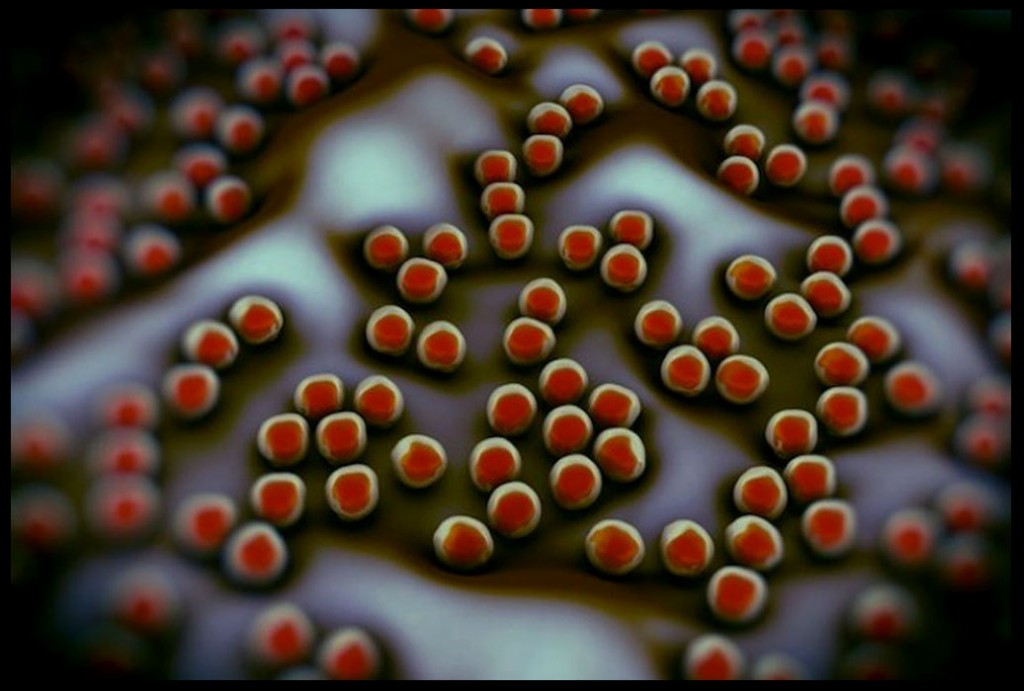 Photo credit: Superbug / www.royaltystockphoto.com/shutterstock.com
Photo credit: Superbug / www.royaltystockphoto.com/shutterstock.com
Share on facebook? Share on twitter239 Share on reddit Share on google_plusone_share More Sharing Services
A new antibiotic extracted from soil bacteria can kill a huge range of disease-causing microbes, and so far, no resistance has been detected in the exposed bacteria. If resistance does build up, it’ll likely take several decades to emerge. The findings are published in Nature this week.
In a global public health crisis, antibiotic resistance is spreading among pathogenic microbes faster than researchers can develop new compounds for us to combat them. In hospitals, MRSA (methicillin-resistant Staphylococcus aureus), for example, causes deadly bloodstream infections.
In the hunt for new antimicrobial products, a large international team led by Kim Lewis of Northeastern University screened 10,000 compounds isolated from previously uncultured soil bacteria. These valuable resources, which were overmined by the 1960s, were previously considered “unculturable” because they don’t adapt well to life in a petri dish. So Lewis and colleagues developed what they call iChip, which sorts individual bacterial cells into single chambers, and after the device is buried in the ground, several molecules are allowed to diffuse into the iChip, Nature News explains. This allows the bacteria to thrive in a more natural setting. “Essentially we’re tricking the bacteria,” Lewis tells Los Angeles Times. “They start growing and form colonies.”
They discovered a compound — called teixobactin, extracted from Eleftheria terrae — that causes the breakdown or prevents the synthesis of bacterial cell walls. In tests with mice, teixobactin has shown to be very lethal against bacteria including Staphylococcus aureus, TB-causing Mycobacterium tuberculous, and Clostridium difficile, which causes inflammation of the colon.
An existing antibiotic called vancomycin (used to kill C. difficile) operates in a similar way, and it took 30 years for bacteria to become resistant to it. The team thinks it’ll take even longer for genetic resistance to teixobactin to emerge. Clinical trials could start in two years.
please visit For more information the following link:
https://www.iflscience.com/health-and-medicine/resistance-proof-antibiotic-we-ve-been-waitingMore Health and Medicine Articles
 Scientists Train Immune Cells To Destroy Hidden HIV Health and Medicine
Scientists Train Immune Cells To Destroy Hidden HIV Health and Medicine
 Watch Bill Gates Drink Water That Was Sewage 5 Minutes Before Health and Medicine
Watch Bill Gates Drink Water That Was Sewage 5 Minutes Before Health and Medicine
 Solar Activity At Birth Could Influence Our Lifespan Health and Medicine
Solar Activity At Birth Could Influence Our Lifespan Health and Medicine
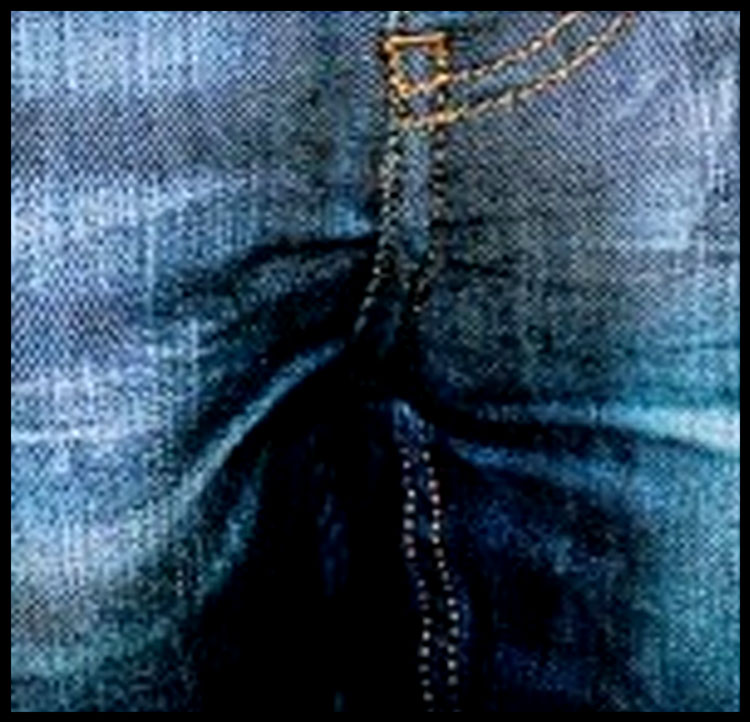 Meet The Man With Two Functioning Penises Health and Medicine
Meet The Man With Two Functioning Penises Health and Medicine
Neil deGrasse Tyson To Host Late-Night Talk ShowNext
PrevSpeedy But “Bearded” Ladies Get No Love From Male Lizards
Vultures: Halting killer diseases
Keeping diseases at bay
Technology in India is taking off.
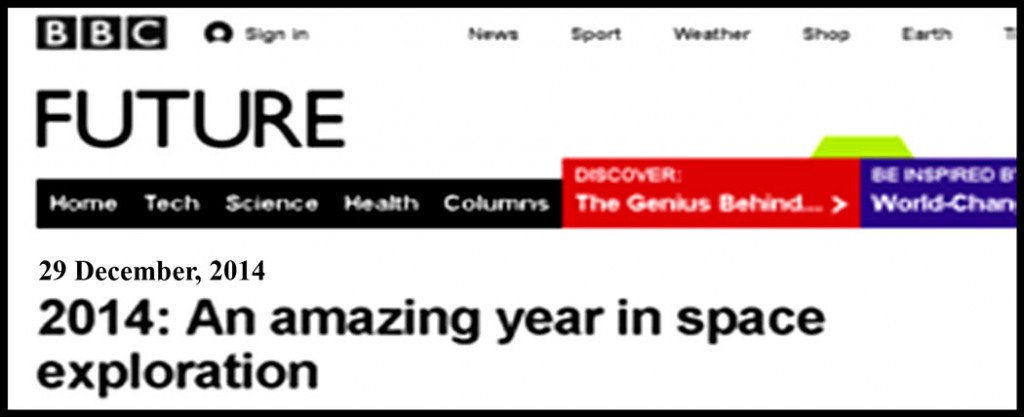
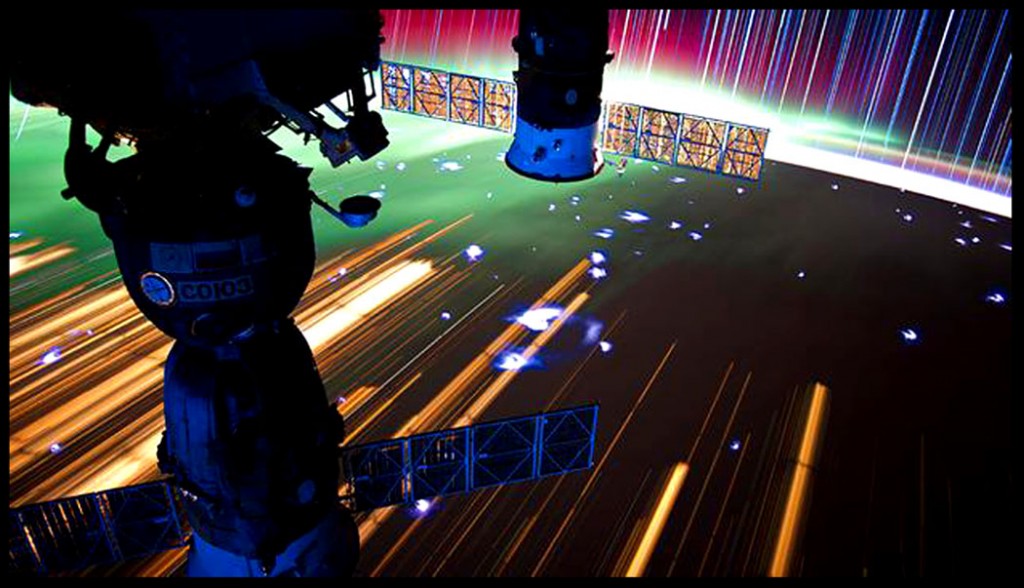

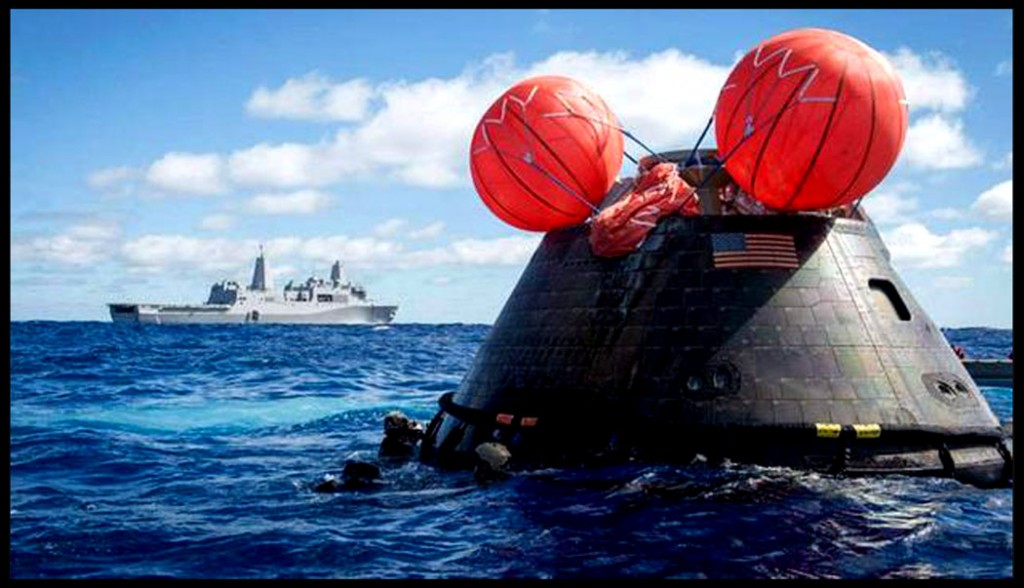



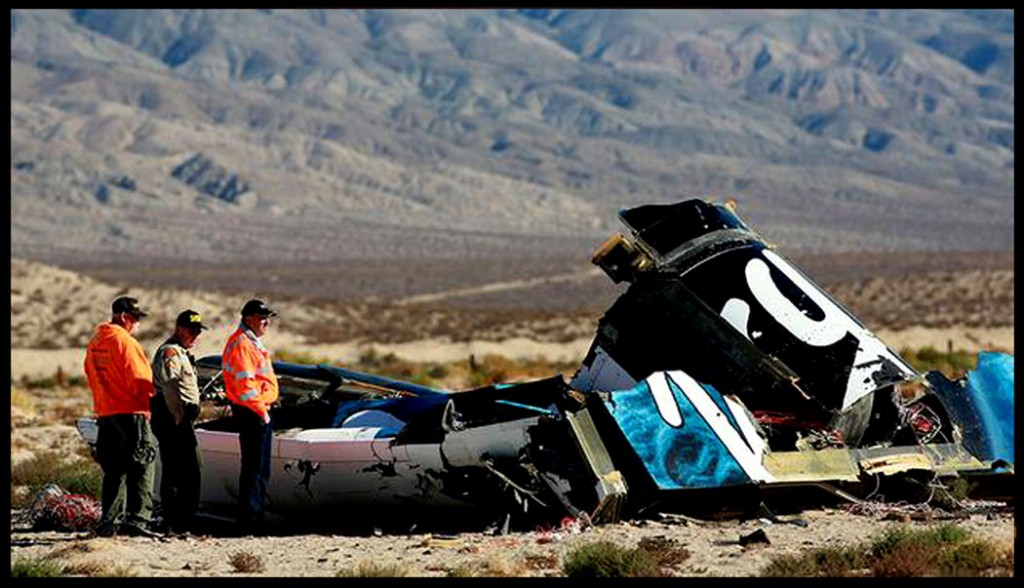
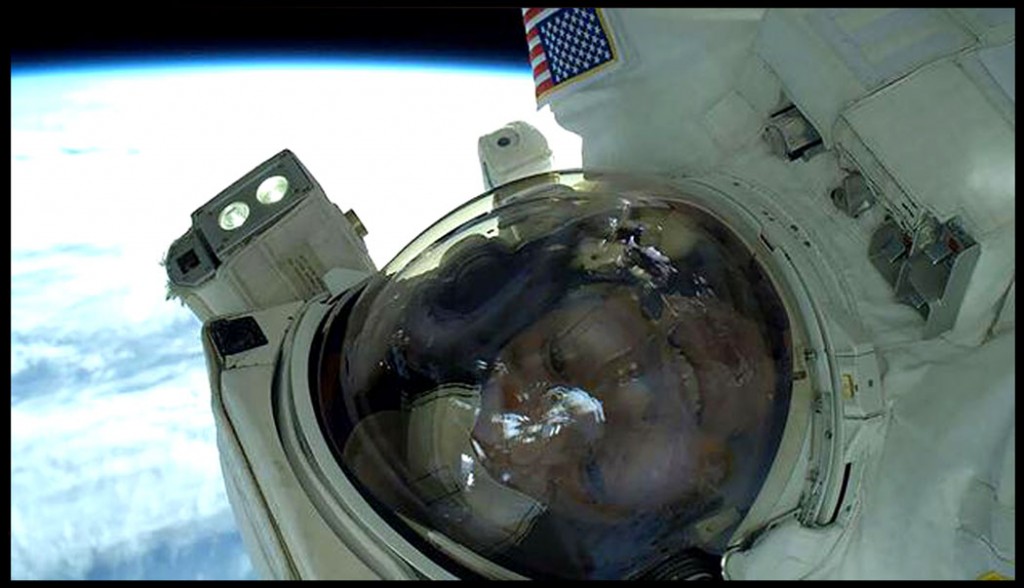
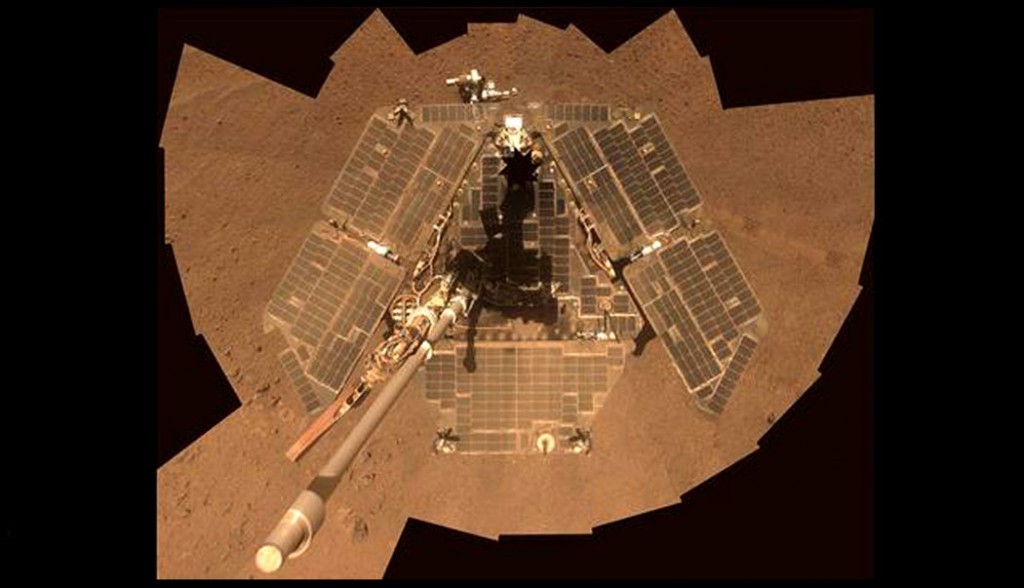
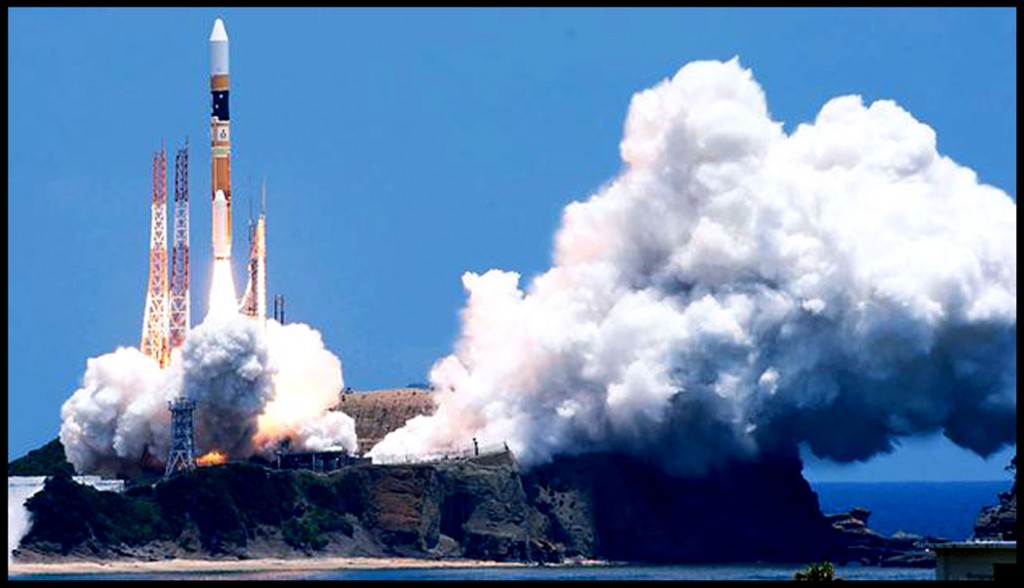
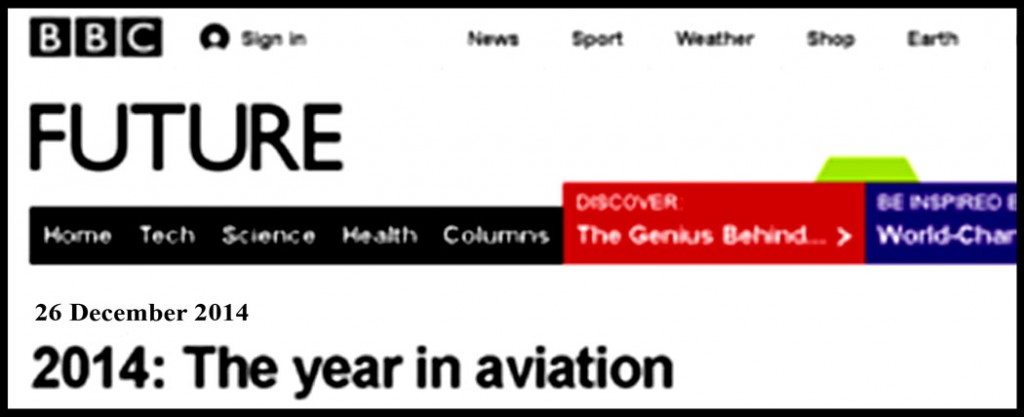

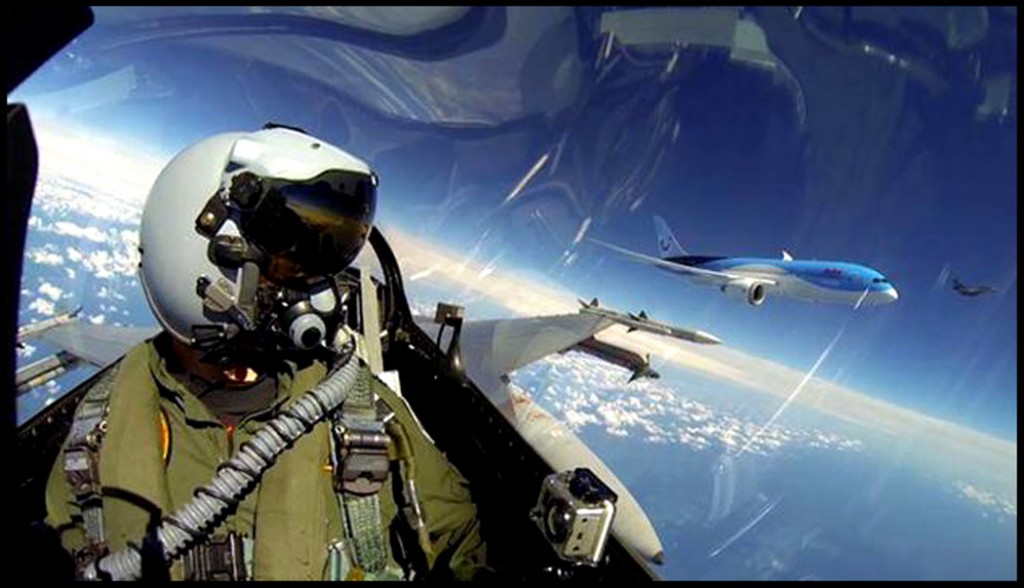

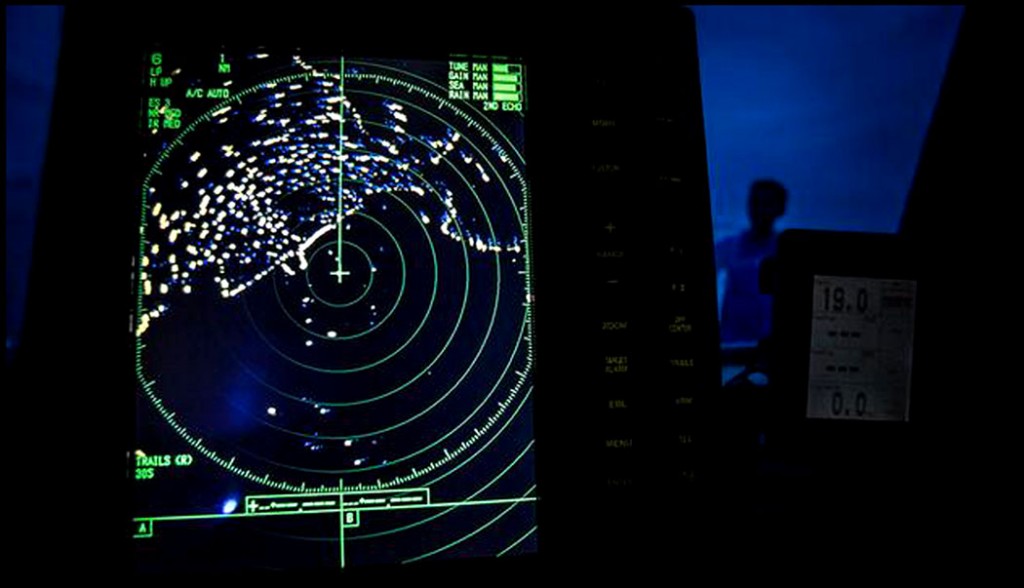

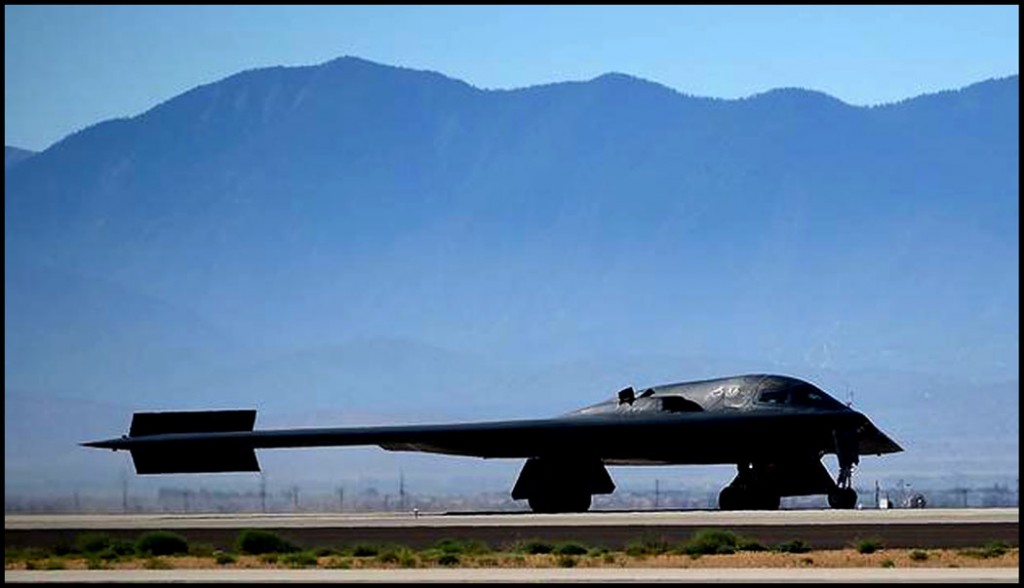

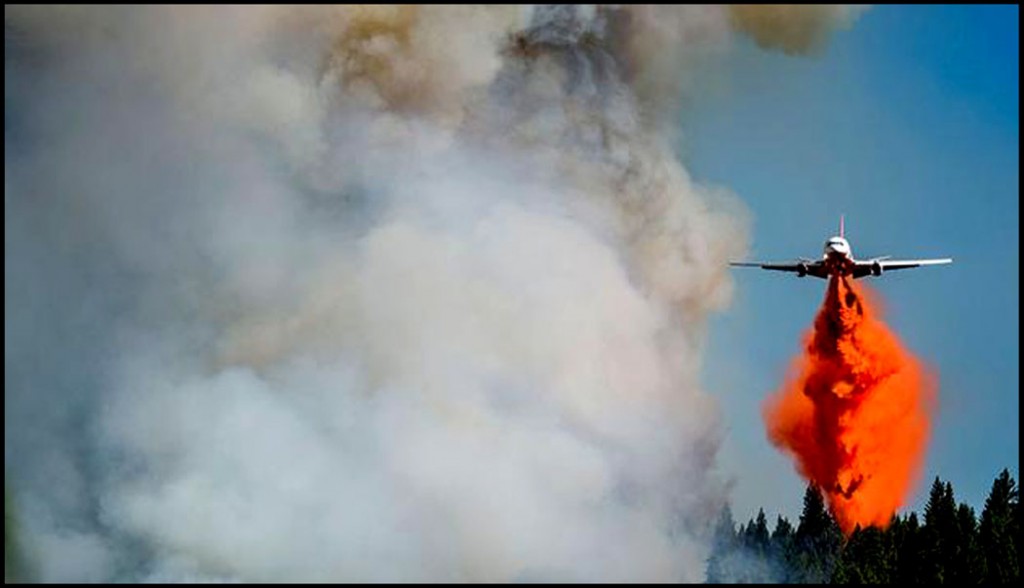
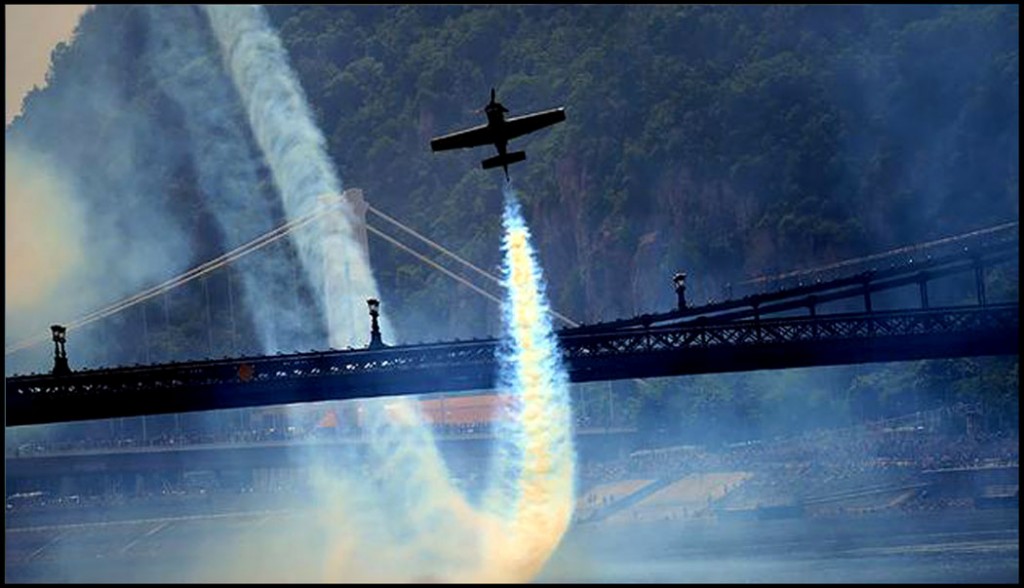
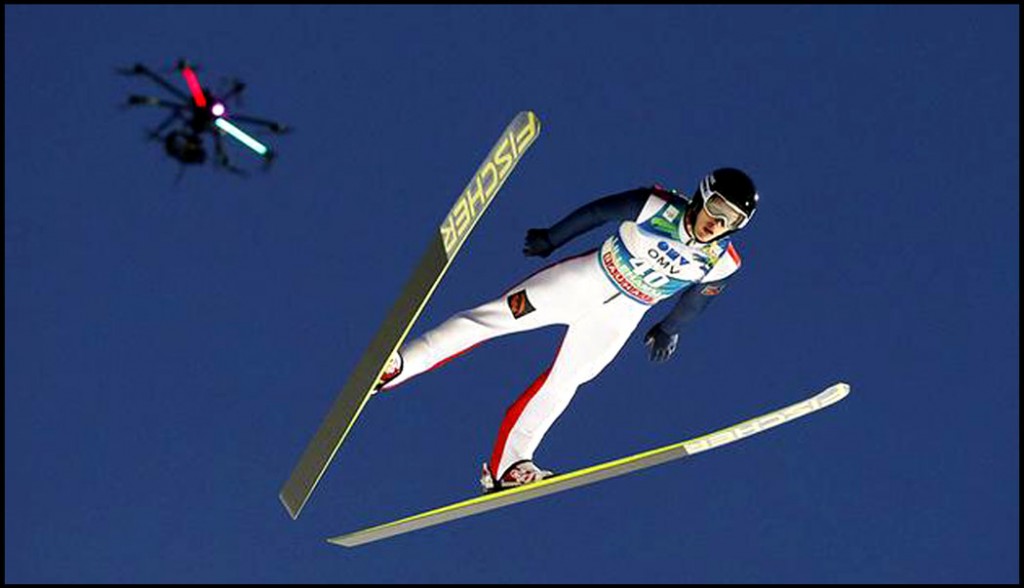

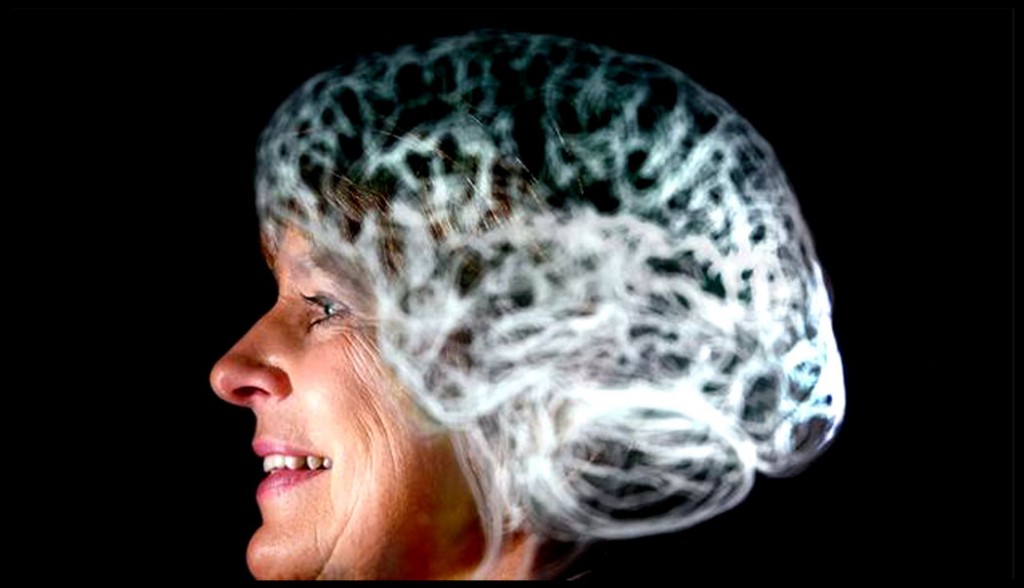
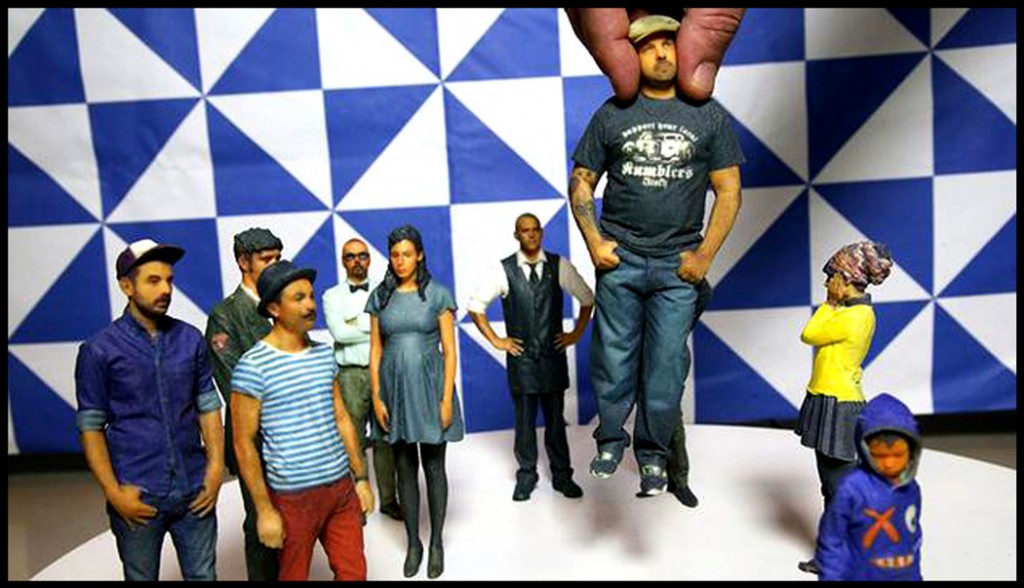
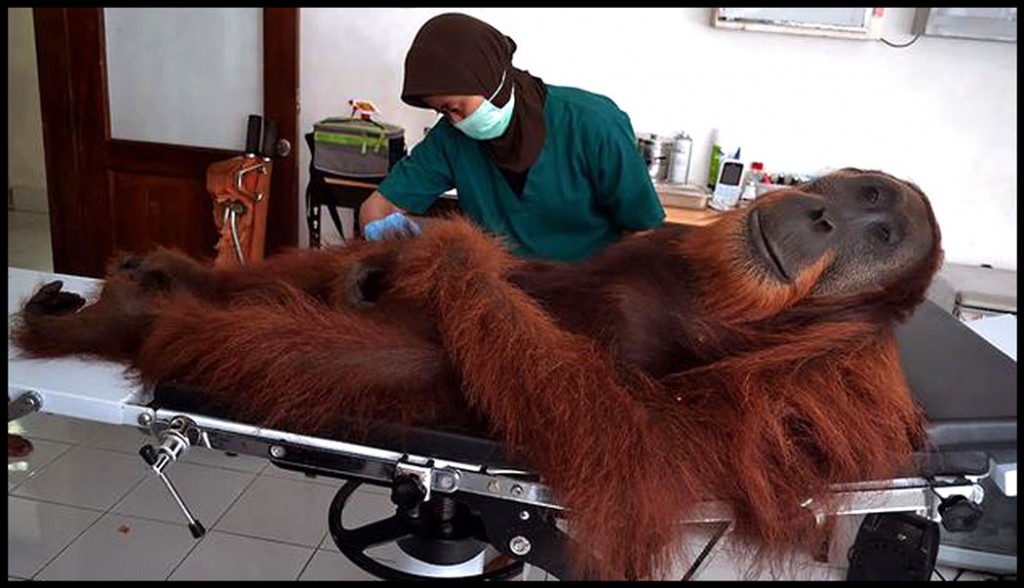
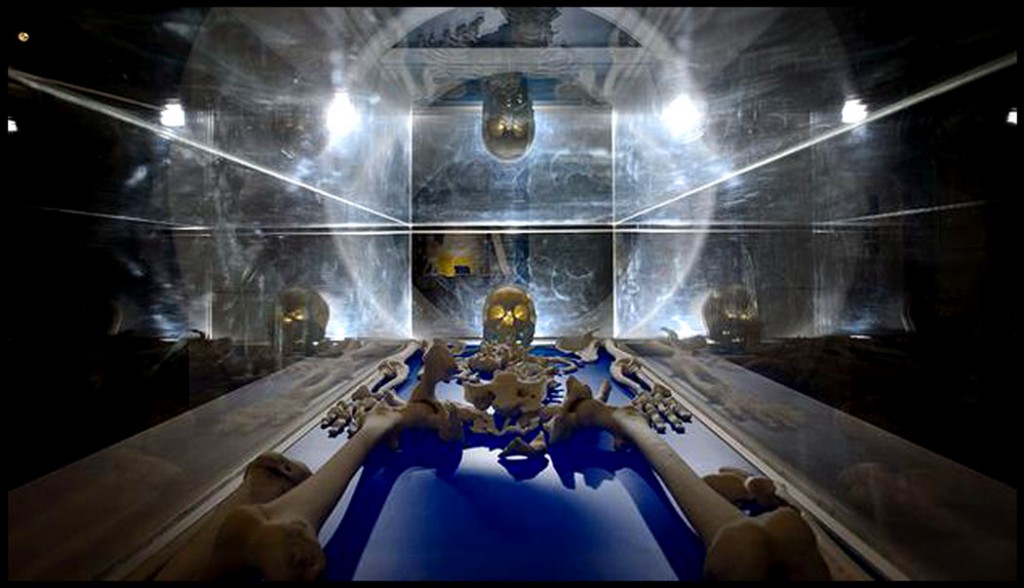
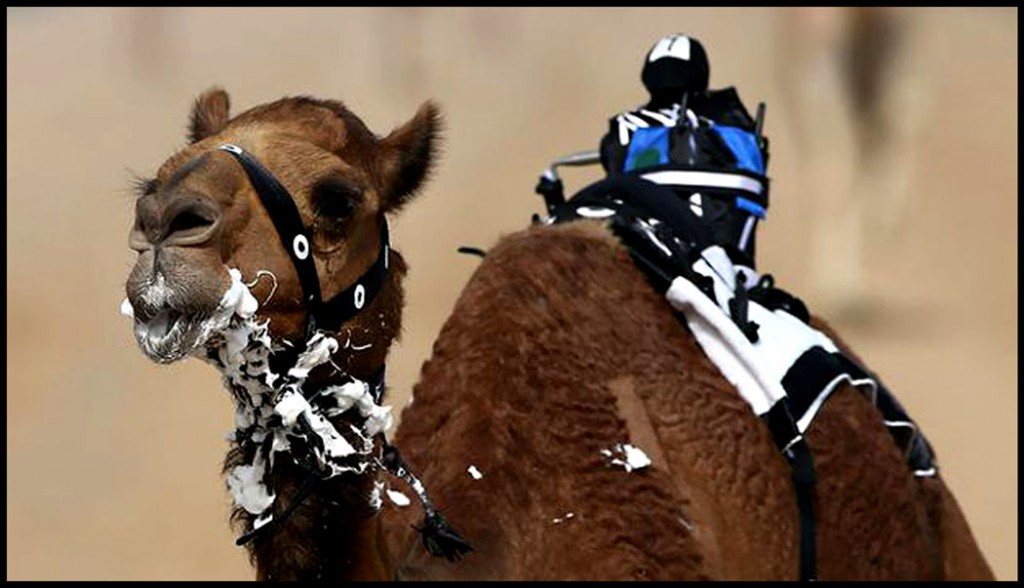
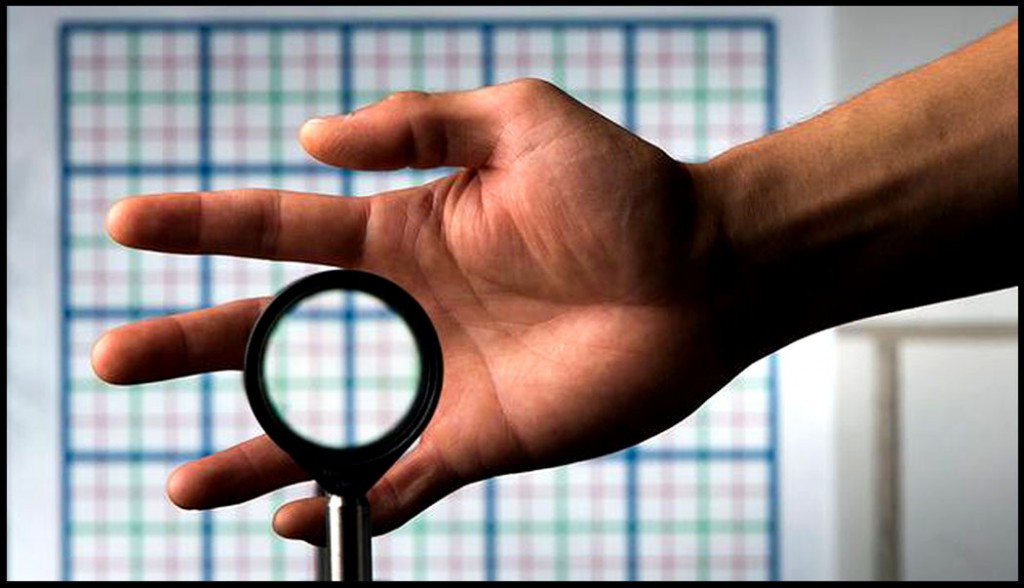
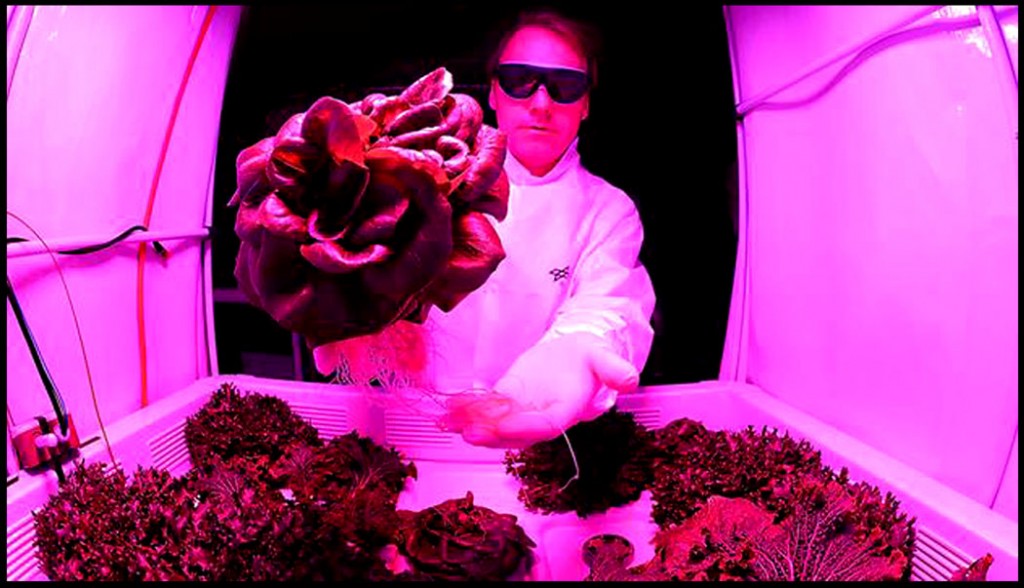
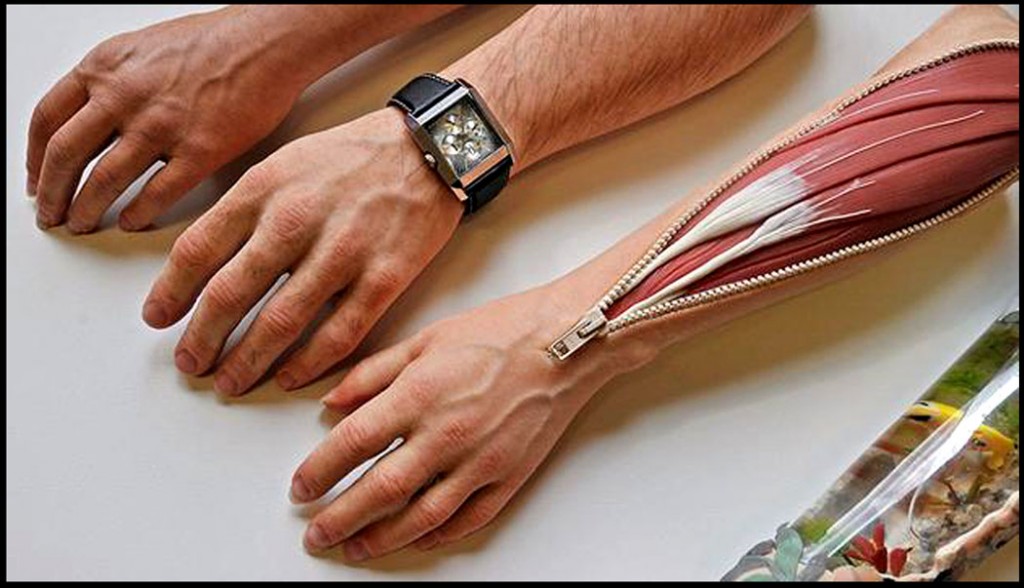

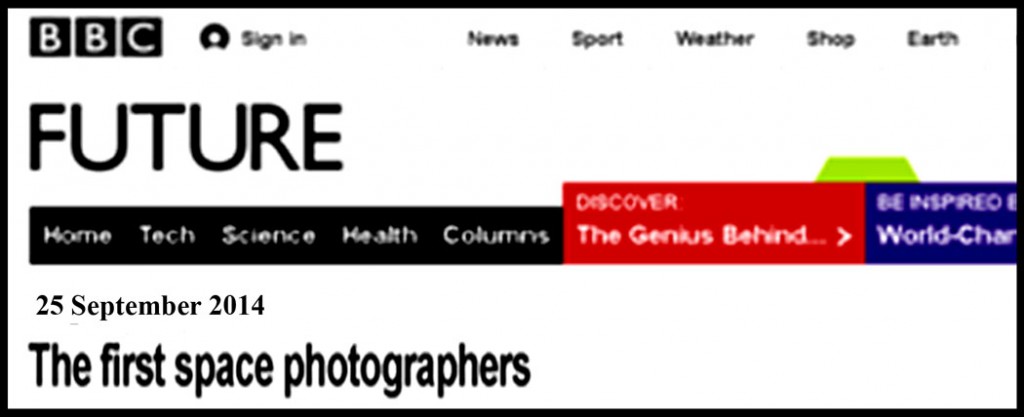
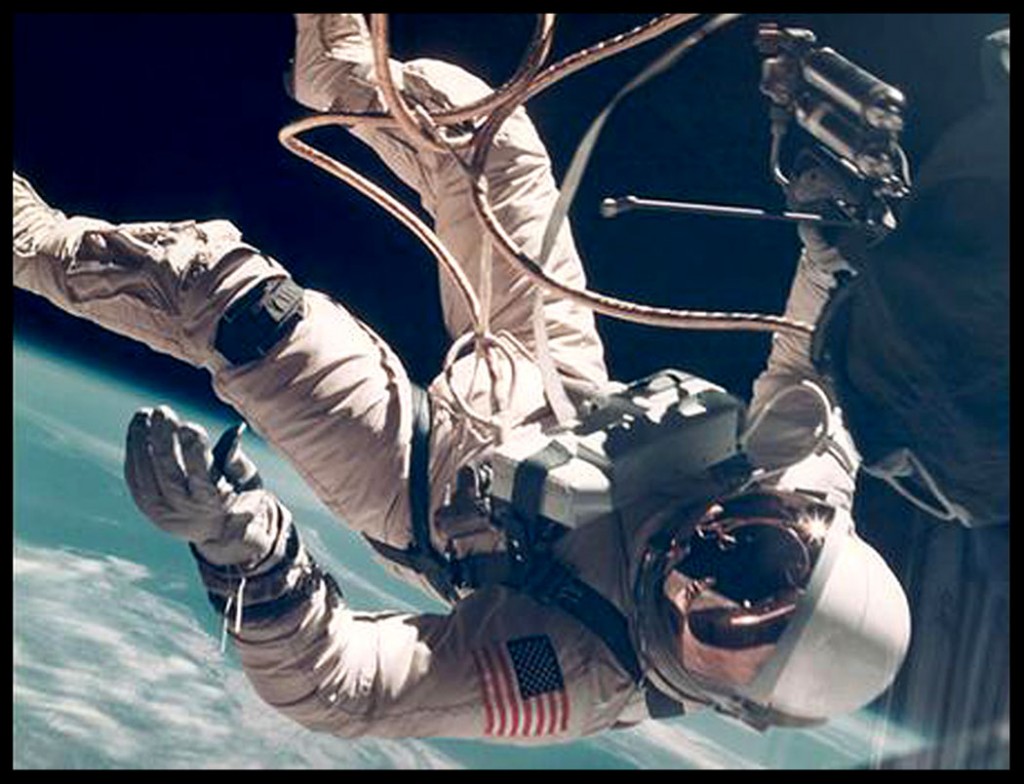

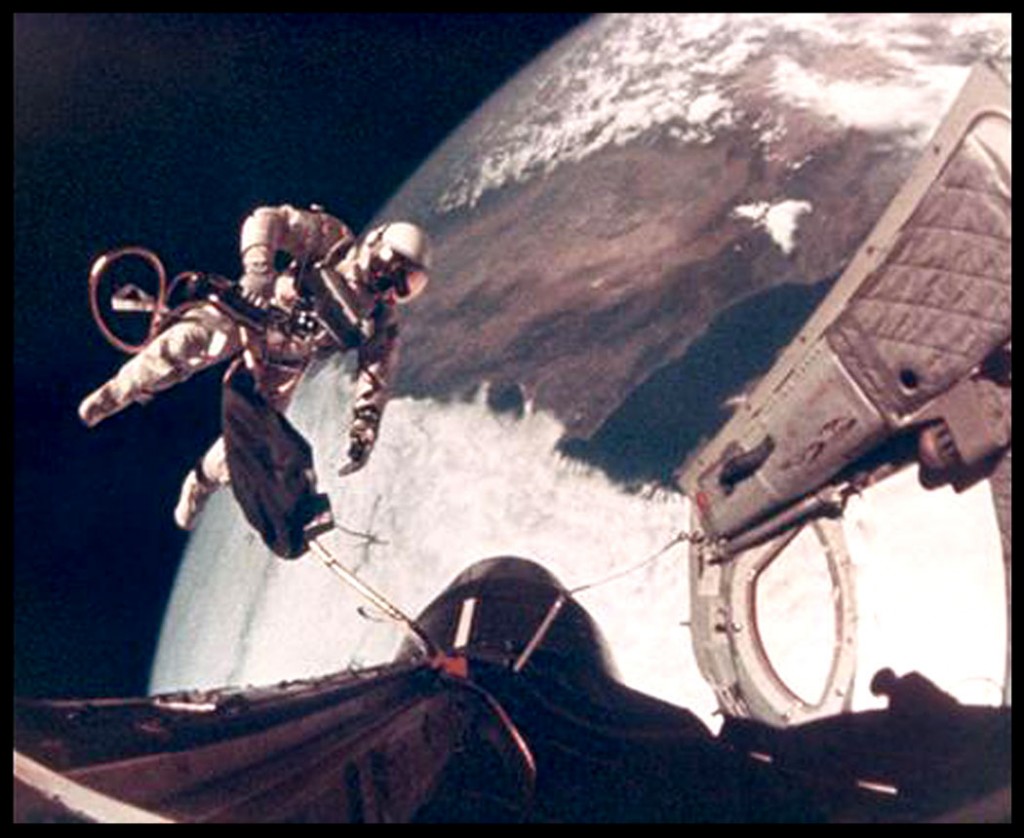
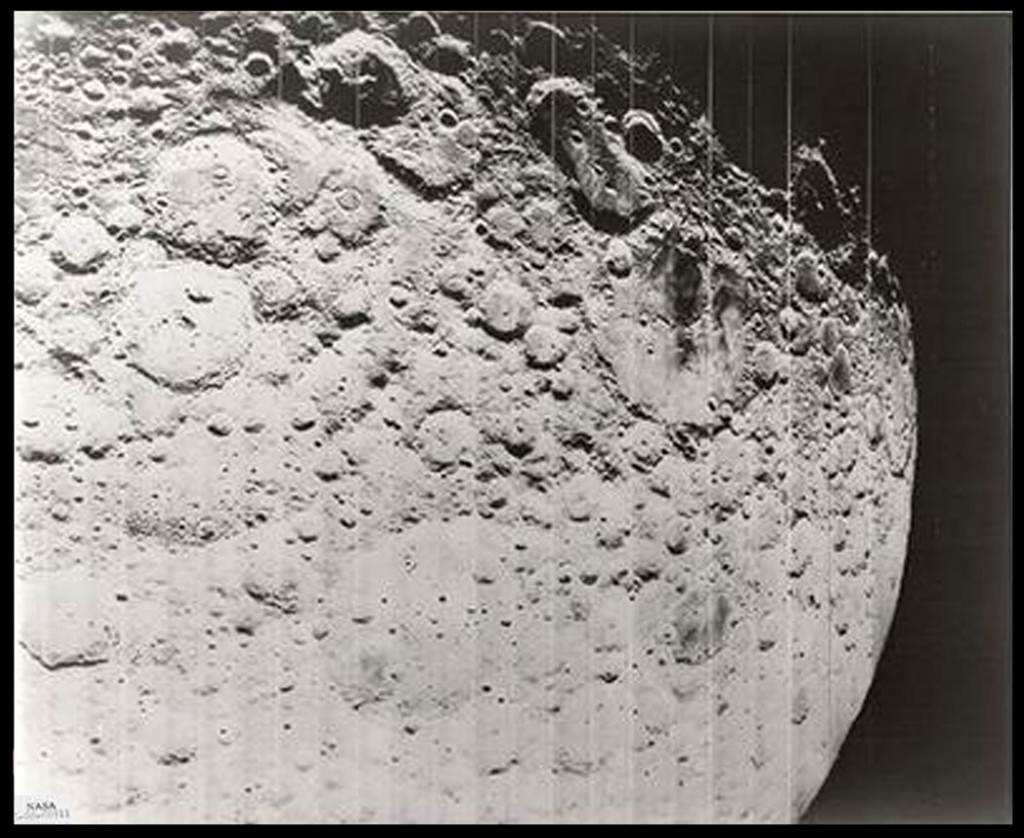
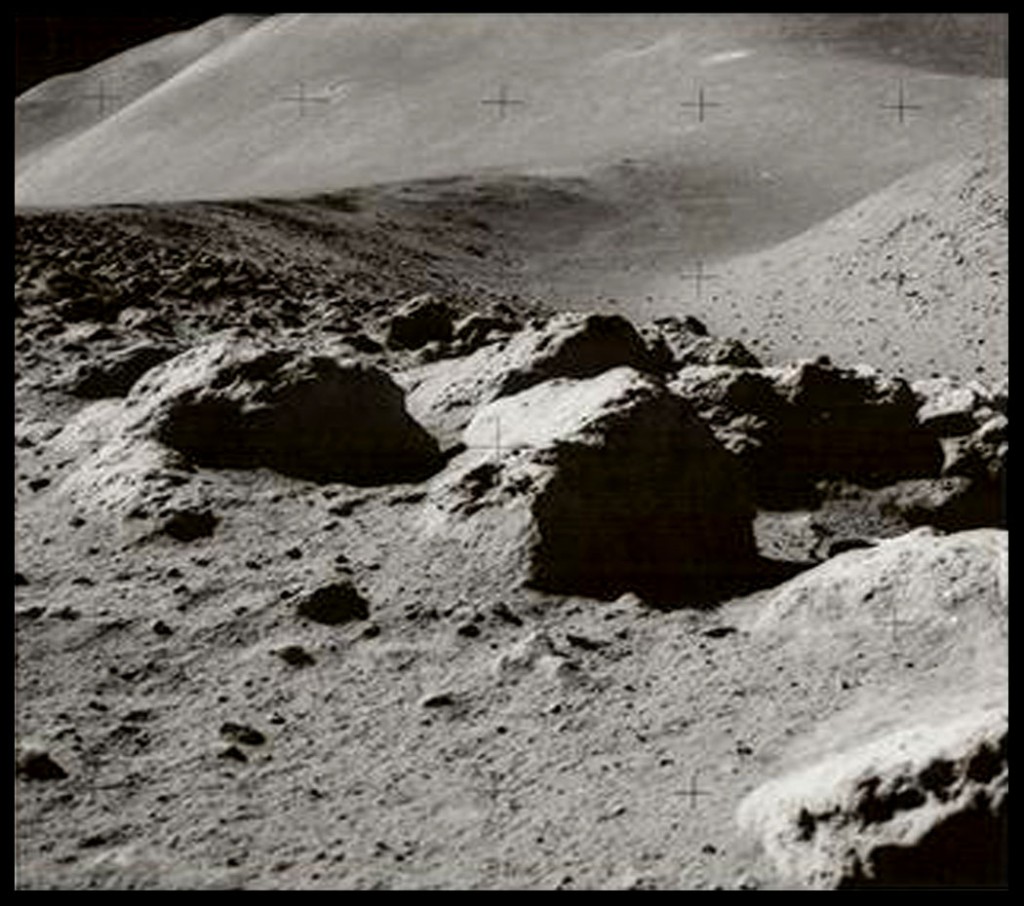
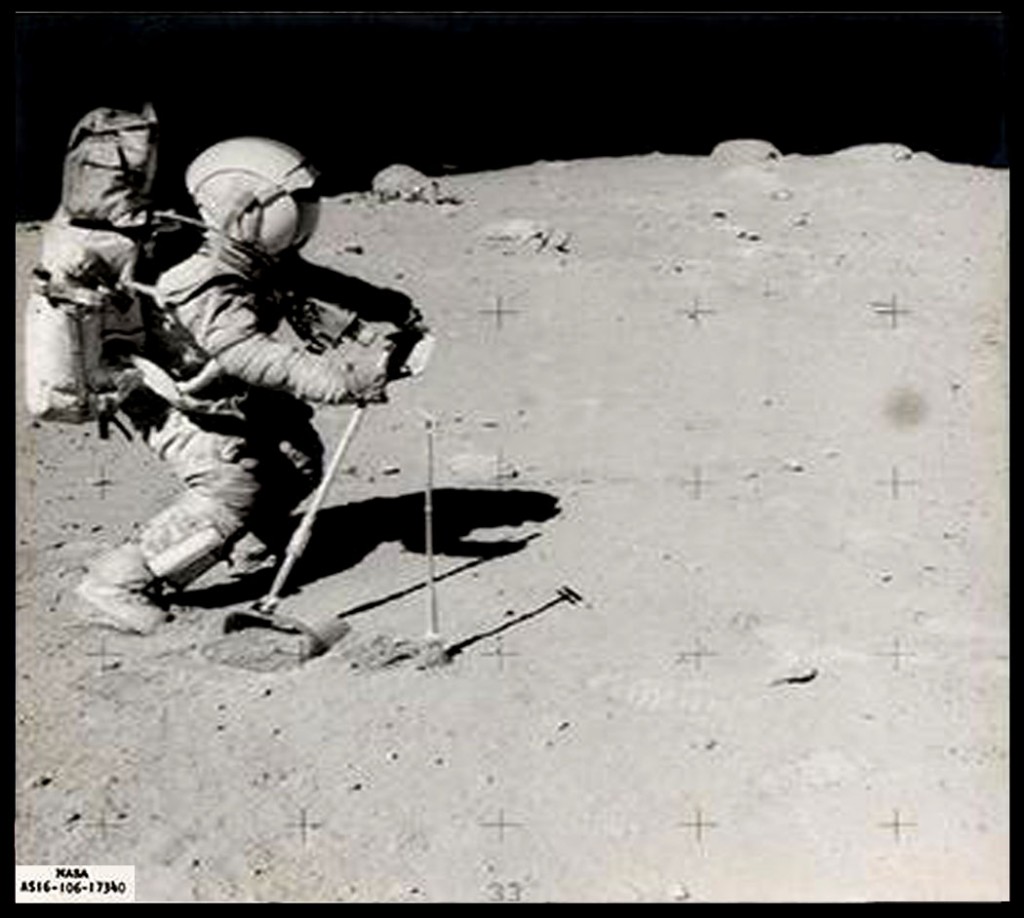

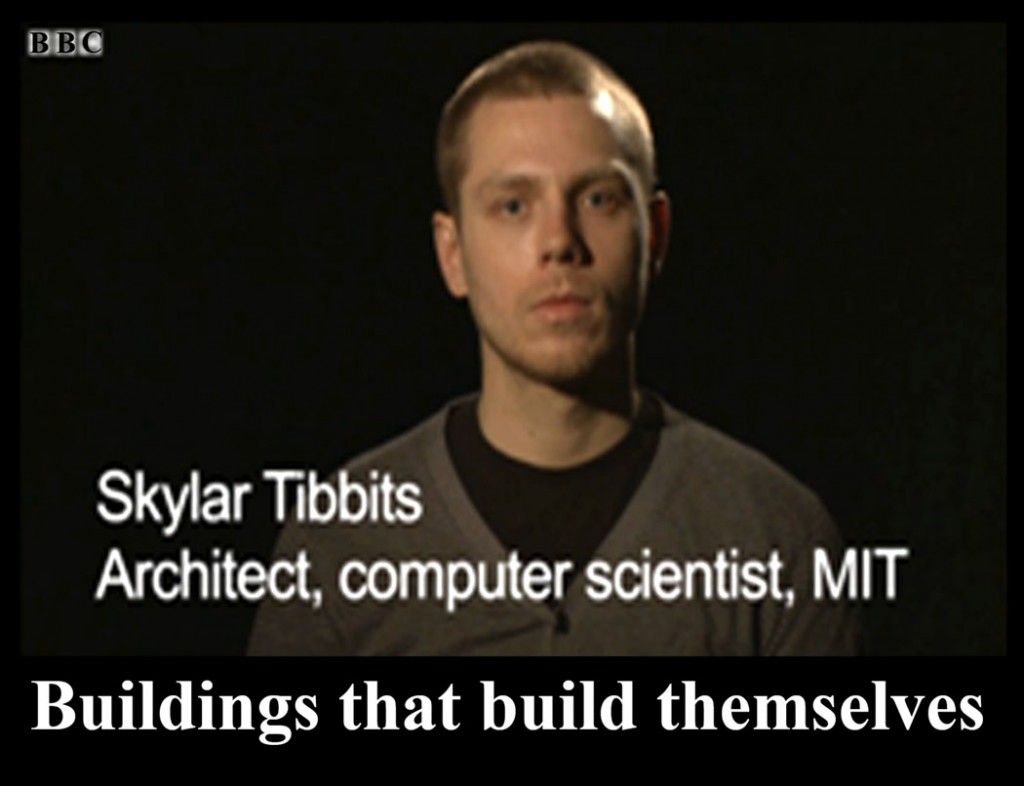
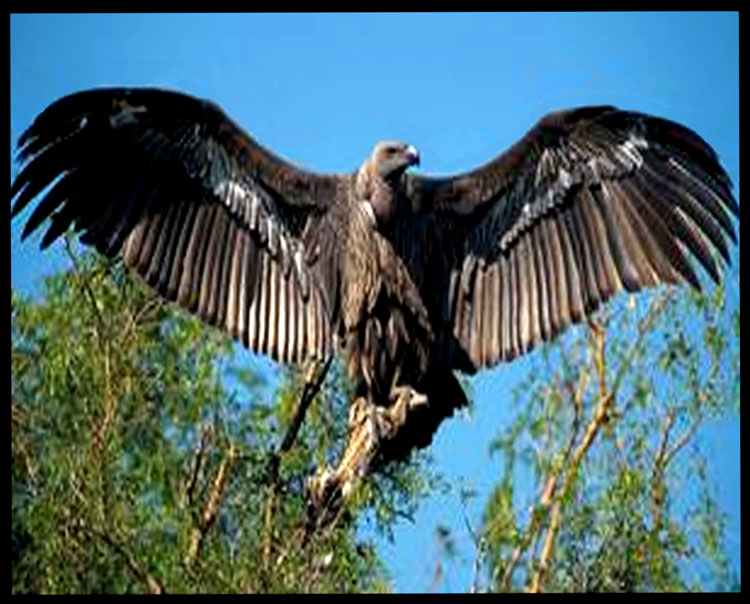
Leave a Reply